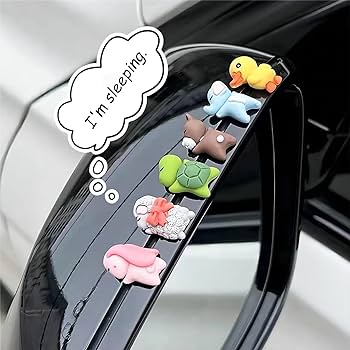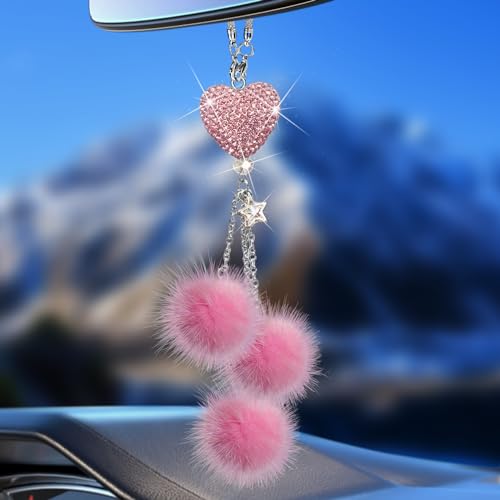How Do Engine Oil Filters Work? Unveiling the Magic
that is designed to remove contaminants and impurities from the engine oil. As the motor oil flows through the filter, it passes through pleated folds, also known as the filter media. These folds trap and hold impurities such as dirt, sludge, and other particles, preventing them from circulating through the engine and causing damage.
Let’s dive deeper into the mechanics of engine oil filters and how they work.
Oil Filter Anatomy
An oil filter consists of several components that work together to filter out impurities from the engine oil. These components include:
1. Oil Pressure Regulator
The oil pressure regulator is located at the inlet of the oil filter. It regulates the oil pressure and ensures that the oil flows through the filter media, where it can be filtered effectively.
2. Media Cartridge
The media cartridge is the heart of the oil filter. It contains the filter media, which is made up of pleated folds of paper, synthetic fibers, or a combination of both. The filter media traps and holds impurities as the oil flows through it.
3. Filter Media
The filter media is the material that traps and holds impurities from the engine oil. High-quality oil filters use a finer membrane, which allows them to trap smaller particles.
4. Engineered Fiber End Caps
The engineered fiber end caps provide structural support to the filter media and prevent it from collapsing or tearing under pressure.
5. Anti-Drain Back Valve
The anti-drain back valve is located at the base of the oil filter. It prevents the oil from draining out of the filter when the engine is turned off. This ensures that the oil filter is always filled with oil and ready to filter impurities when the engine is started.
6. Relief Valve
The relief valve is a safety feature that prevents the oil filter from getting clogged and causing oil starvation. If the filter becomes clogged, the relief valve opens, allowing unfiltered oil to flow through the engine.
Factors in Oil Change Intervals
The oil filter plays an essential role in maintaining the health of your engine by removing impurities from the engine oil. However, over time, the filter media can become clogged, reducing its effectiveness. This is why it’s important to change your oil filter regularly.
The frequency of oil changes depends on several factors, including the type of oil filter you’re using, the quality of the engine oil, and the driving conditions. As a general rule, it’s recommended to change your oil filter every time you change your engine oil.
Different Types of Oil Filters
There are several types of oil filters available on the market, including:
1. Spin-On Filters
Spin-on filters are the most common type of oil filter. They are easy to install and replace, making them a popular choice among vehicle owners.
2. Cartridge Filters
Cartridge filters require more effort to install and replace than spin-on filters. However, they are more environmentally friendly as they generate less waste.
3. Magnetic Filters
Magnetic filters use a magnetic field to attract and trap metallic particles from the engine oil. They are ideal for high-performance engines that generate a lot of metal debris.
4. Centrifugal Filters
Centrifugal filters use centrifugal force to separate impurities from the engine oil. They are typically used in heavy-duty applications where a high level of filtration is required.
Fram High Mileage Filter
The Fram High Mileage Filter is a specialized oil filter designed for vehicles with high mileage. It contains a blend of synthetic fibers and cellulose that provides superior filtration and reduces engine wear and tear.
Conclusion
In conclusion, the oil filter is an essential component of your engine’s lubrication system. It removes impurities and contaminants from the engine oil, ensuring that it flows smoothly through the engine and reduces wear and tear. Regular oil changes and oil filter replacements are crucial to maintaining the health of your engine. With so many options available on the market, it’s important to choose a high-quality oil filter that is designed for your specific vehicle and driving conditions.


